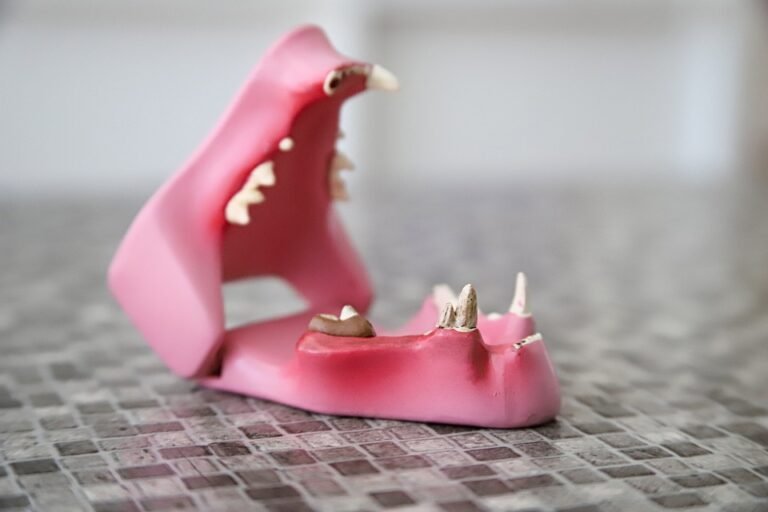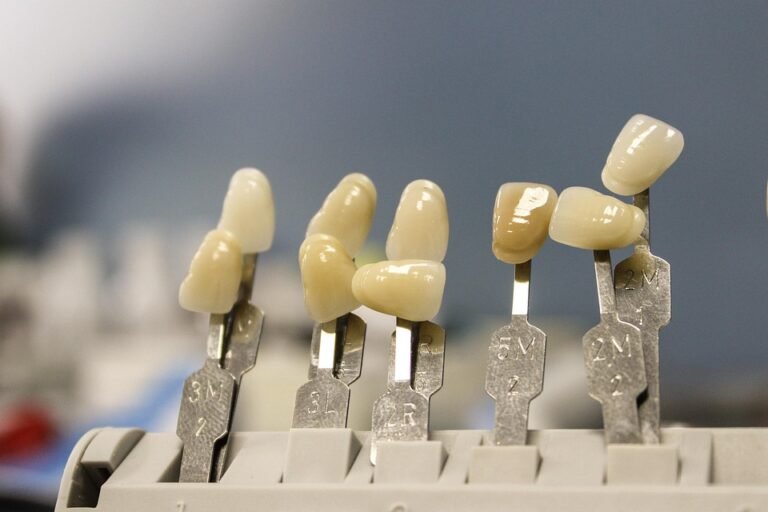How can dentists handle patient concerns and anxieties
I’m a dental student, and I’m really trying to focus on the human side of dentistry, not just the technical. I know a lot of people are genuinely terrified of the dentist, even adults. What are some practical strategies experienced dentists use to build trust and help anxious patients feel more comfortable during appointments? I’m especially interested in techniques that go beyond just offering nitrous oxide. What can you do before the appointment to ease anxiety? What about during procedures? And what do you do when a patient is just completely frozen with fear and you can’t even begin? I’d love to hear specific examples and approaches you’ve found successful, whether it’s verbal communication, specific techniques, or even office environment adjustments.
Answer
Dentists can handle patient concerns and anxieties through a multifaceted approach that encompasses communication, environmental adjustments, behavioral techniques, and, when necessary, pharmacological interventions. Here’s a detailed breakdown:
I. Communication Strategies:
- Active Listening: Dentists should meticulously listen to patients’ concerns without interruption, demonstrating genuine empathy. This includes paying attention not just to the words spoken but also to body language and tone of voice. Summarizing the patient’s concerns back to them ensures understanding and builds trust.
- Pre-Treatment Consultation: A thorough consultation before any procedure is crucial. This allows the dentist to:
- Elicit Specific Fears: Ask direct, open-ended questions about the patient’s past experiences, triggers, and anxieties. Examples include: "Have you had any negative experiences in a dental setting before?", "What aspects of dental treatment make you most uneasy?", "What are your biggest concerns about this particular procedure?"
- Explain the Procedure in Detail: Provide a step-by-step explanation of the procedure using simple, non-technical language. Visual aids like diagrams or models can be extremely helpful.
- Discuss Pain Management Options: Clearly outline the pain management strategies that will be employed, including local anesthesia, sedation options, and post-operative pain relief. Assure patients that their comfort is a priority.
- Establish a "Stop" Signal: Agree on a hand signal (e.g., raising a hand) that the patient can use to immediately stop the procedure if they feel overwhelmed or uncomfortable.
- Answer Questions Openly and Honestly: Address all questions and concerns with honesty and transparency, even if the answer isn’t what the patient wants to hear.
- During-Treatment Communication: Maintain constant communication during the procedure.
- Narrate the Process: Announce each step of the procedure before it happens ("Now I’m going to be rinsing with water," "You might feel a little pressure"). This reduces the element of surprise and allows the patient to anticipate what’s coming.
- Check-in Regularly: Periodically ask the patient how they’re feeling and if they need anything. "How are you doing?", "Are you comfortable?", "Do you need a break?"
- Positive Reinforcement: Offer praise and encouragement throughout the procedure, especially if the patient is demonstrating coping strategies. "You’re doing a great job relaxing," "You’re handling this very well."
- Post-Treatment Instructions and Follow-up: Provide clear and concise post-operative instructions, both verbally and in writing. Schedule a follow-up appointment to address any concerns and ensure proper healing.
- Building Rapport: Take time to get to know the patient on a personal level. Ask about their interests, family, or work. This helps to humanize the interaction and build a stronger patient-dentist relationship, fostering trust and reducing anxiety.
II. Environmental Adjustments:
- Creating a Calming Atmosphere:
- Clean and Organized Office: A tidy and well-maintained office can create a sense of control and order.
- Soothing Decor: Use calming colors, comfortable furniture, and pleasant artwork. Avoid harsh lighting or overly sterile environments.
- Relaxing Music or Sounds: Offer patients the option of listening to music or nature sounds through headphones. This can help to mask the sounds of dental instruments and distract from anxiety.
- Aromatherapy: Consider using calming scents like lavender or chamomile. However, be mindful of allergies and sensitivities.
- Distraction Techniques:
- Television or Movies: Provide a television or movie screen for patients to watch during treatment.
- Virtual Reality (VR): VR headsets can transport patients to calming environments and provide a distraction from the procedure.
- Comfort Items: Allow patients to bring a comfort item from home, such as a blanket or stuffed animal.
- Control Over the Environment:
- Adjusting the Chair: Allow the patient to choose a comfortable position in the dental chair.
- Temperature Control: Ensure the room temperature is comfortable for the patient.
- Privacy: Maintain patient privacy and avoid unnecessary noise or interruptions.
III. Behavioral Techniques:
- Relaxation Techniques:
- Deep Breathing Exercises: Guide patients through deep breathing exercises to slow their heart rate and reduce anxiety. Teach them techniques they can use independently during the procedure.
- Progressive Muscle Relaxation: Instruct patients to systematically tense and release different muscle groups to promote relaxation.
- Guided Imagery: Lead patients through a guided imagery exercise, asking them to visualize a peaceful and calming scene.
- Cognitive Behavioral Therapy (CBT) Techniques:
- Identifying and Challenging Negative Thoughts: Help patients identify and challenge negative thoughts about dental treatment. For example, if a patient is thinking, "This is going to be excruciating," help them reframe that thought to, "I might feel some discomfort, but the dentist will make sure I’m as comfortable as possible."
- Exposure Therapy: Gradually expose patients to anxiety-provoking stimuli in a controlled environment. This could involve showing them dental instruments, letting them hear the sound of the drill, or practicing relaxation techniques in the dental chair.
- Modeling: Showing videos of other patients successfully undergoing dental treatment can help alleviate fear and anxiety.
- Desensitization: This involves gradually exposing the patient to the dental environment and procedures in a step-by-step manner, starting with the least anxiety-provoking aspects.
IV. Pharmacological Interventions (When Necessary):
- Local Anesthesia: Administer local anesthesia effectively to minimize pain during the procedure. Proper technique and adequate numbing are crucial.
- Nitrous Oxide (Laughing Gas): Nitrous oxide is a mild sedative that can help patients relax and reduce anxiety.
- Oral Sedatives: Oral sedatives, such as benzodiazepines, can be prescribed to help patients relax before their appointment. Careful consideration of the patient’s medical history and potential drug interactions is essential.
- Intravenous (IV) Sedation: IV sedation provides a deeper level of sedation and is often used for patients with severe anxiety or for complex procedures. This requires specialized training and equipment.
- General Anesthesia: General anesthesia is the deepest level of sedation and is typically reserved for patients with extreme anxiety or for certain medical conditions. It requires a highly specialized team and equipment.
V. Staff Training and Attitude:
- Empathy Training: Train all staff members to be empathetic and understanding of patient anxiety.
- Communication Skills Training: Provide staff with training in effective communication techniques, including active listening and non-verbal communication.
- Consistent Messaging: Ensure all staff members are delivering consistent messages about pain management and patient comfort.
- Patient Advocacy: Empower staff to advocate for patient needs and concerns.
By implementing these strategies, dentists can effectively manage patient concerns and anxieties, creating a more positive and comfortable dental experience. The key is to individualize the approach based on the patient’s specific needs and anxieties, fostering a trusting and collaborative relationship.




